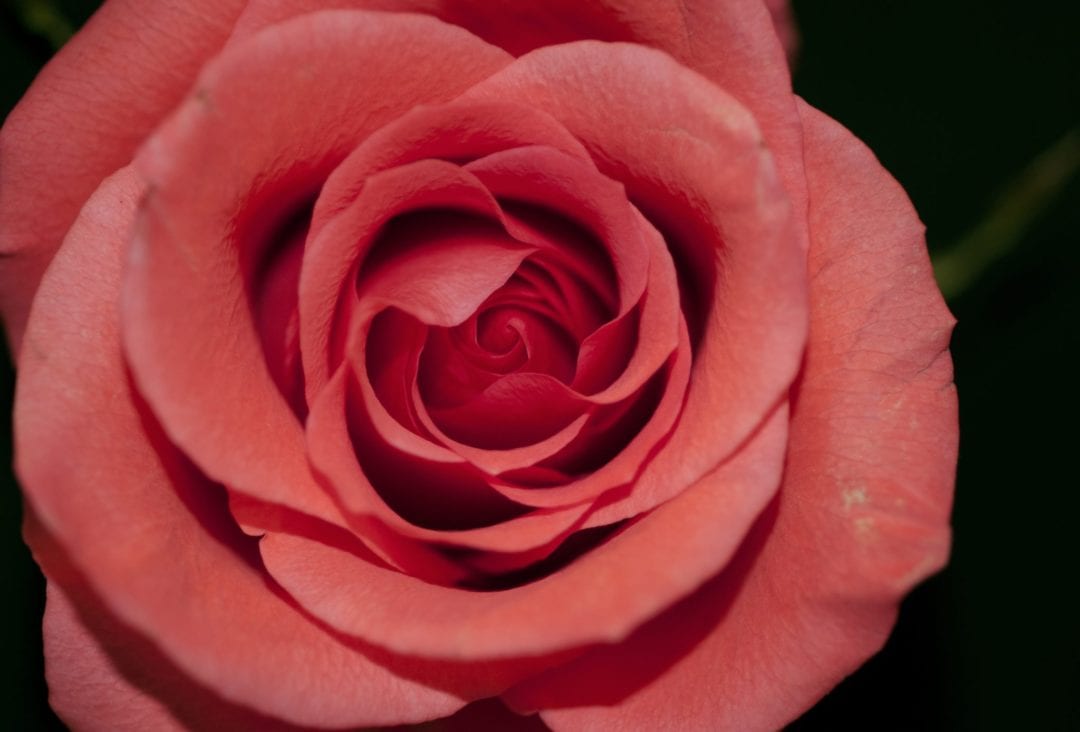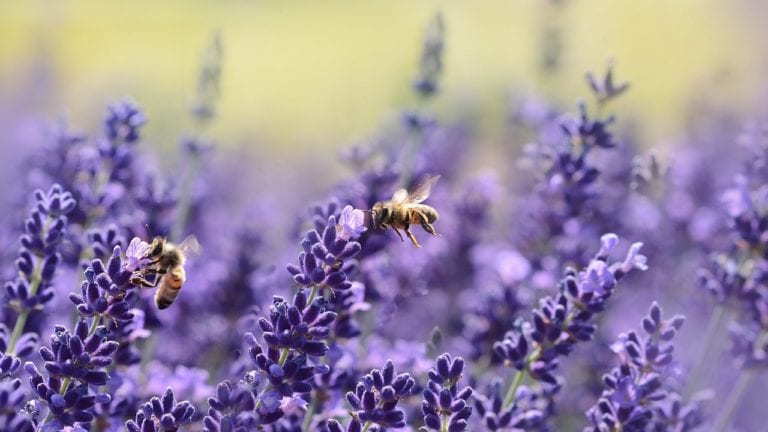Today is National Red Rose Day, and with the red rose being the national flower of England, we at Trulawn thought we’d celebrate the flower with a look behind its history and how it became so popular among Britons and the rest of the world.
The red rose has specific historical significance in Britain as it was the symbol of the Tudor monarchy formed during the fifteenth century. Houses Lancaster and York were locked in a bitter rivalry for the throne with the subsequent fighting and civil war called the War of the Roses. This was resolved when Lancastrian Henry Tudor VII defeated then King Richard III at Bosworth Field and married Elizabeth of York, bringing together the two families, creating social stability and merging the symbols of their houses: a red and white rose.
It’s partly due to this that the Labour party chose to change their image from a red flag to a red rose in 1986. Red has long been a colour associated with socialism, representing the ‘blood of the workers’ and used during the French Revolution in the eighteenth century. Labour chose to rebrand their symbol because of the patriotic, positive connotations with the rose, and less grizzly association with the bloody flag!
Roses also have spiritual meaning; they are featured in Christian and Catholic imagery. A third century Saint believed that roses were present in the Garden of Eden with the thorns only growing with the ‘Fall of Man’. Mary is particularly associated with roses as the ‘rose without thorns’ as she conceived immaculately. This is why the group of beads used by Catholics is called a rosary, as the prayers are dedicated to the Virgin Mary.
The figure of Mary might have something to do with the rose’s strong association with love and devotion. According to Victorian flower language each variety of rose has a very specific meaning and can communicate messages of love or friendship by colour, bloom and quantity. The Ancient Greeks and Romans associated roses with the goddesses of love, perhaps due to its rich, passionate colour. Since then the rose has become synonymous with romance and Valentine’s Day, remaining popular throughout the world.
So there you have it; a brief rundown of the mighty red rose. Who knew it had so many meanings? Let us know on social media what roses mean to you!



